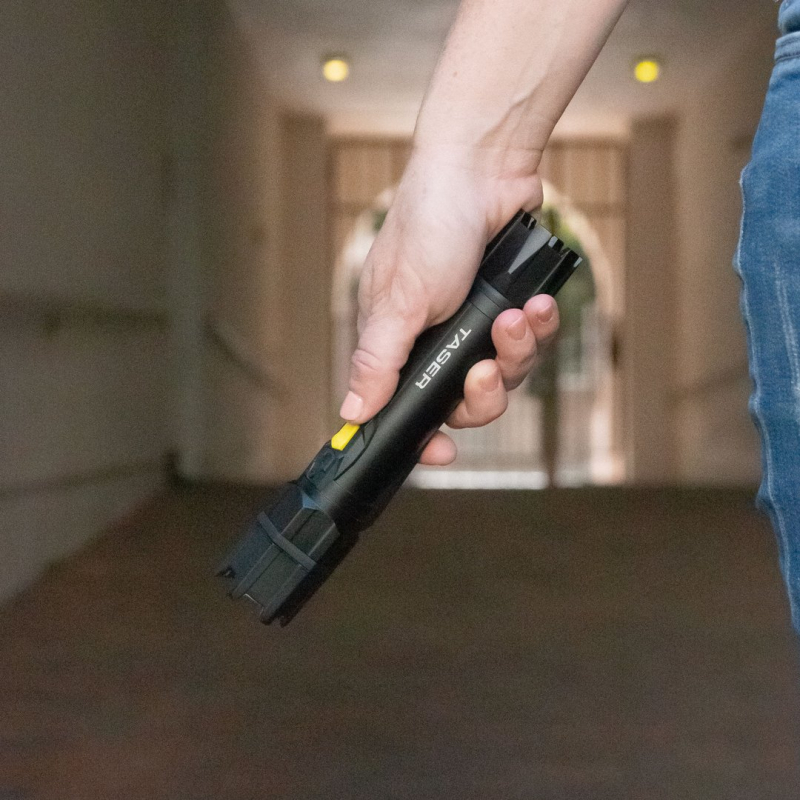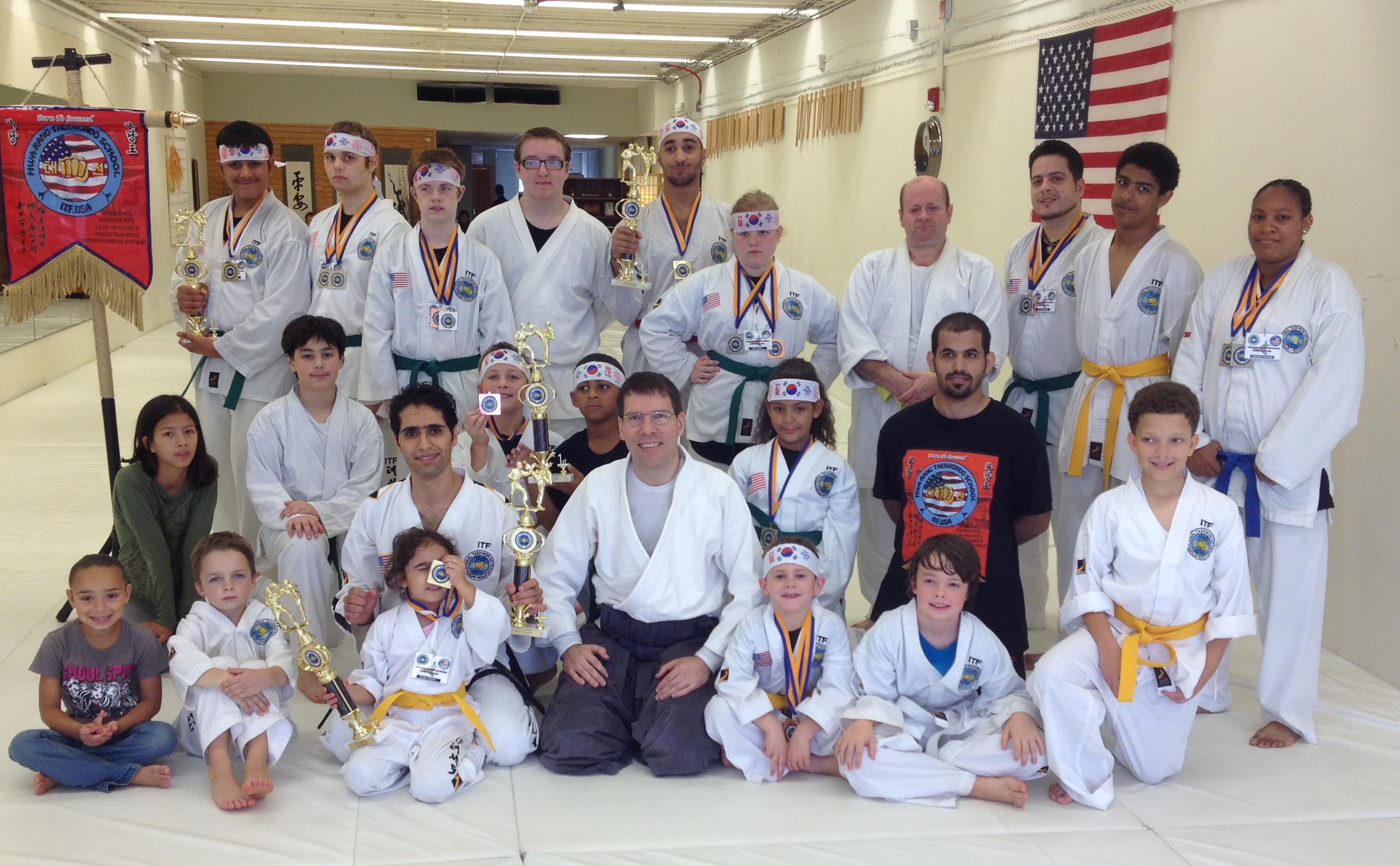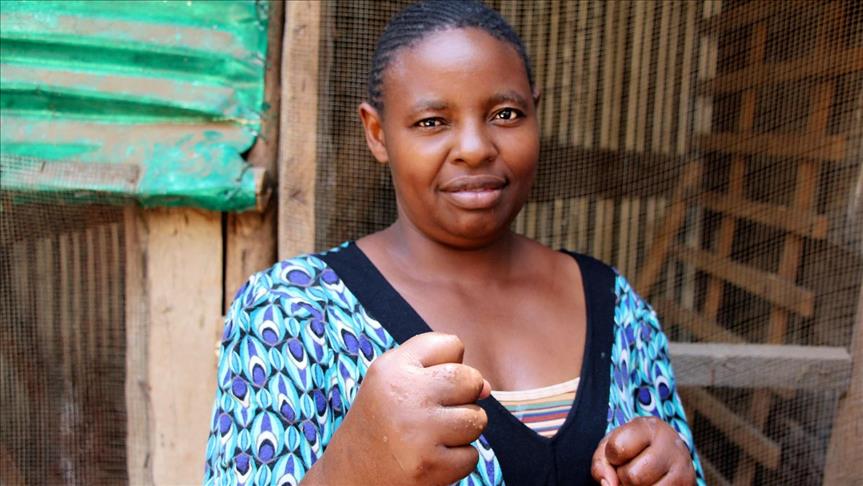
The components of a personal Fall arrest system are several. These include the Connectors and Anchor point as well as the body harness and fall arrest system. Personal fall arrest systems are made up of many components. They all work together to protect the wearer. They must also be designed so that injuries are prevented in the event of a falling object.
Connectors
Connectors can be flexible, adjustable pieces found in personal fall arrest systems. These can be connected to either a safety harness or an anchorage device. These connectors can be adjusted in length. Connectors should not exceed two meters in length.

Workers who work in high places need connectors. Connectors link the worker’s full-body harness and the secure anchorage points. Some connectors have shock-absorbing lifelines, others self-retracting lifelines. Others are simple lanyards. The needs of the worker determine which connector is best.
Body harness
A body harness is an essential part of a personal falls arrest system. The harness should be snug around the waist. If it is too loose, it can result in serious injuries. The body harness must also be in good order and should not show any signs of wear. There may be a D-ring at the back of the harness for fall arrest. It could also have several other locations for positioning and restraint. The harness should also have a connecting device, such as a lanyard, which will provide a secure connection between the body harness and the anchor point.
A personal fall arrest system is composed of a body harness and an anchorage point. An anchor is a point that connects a worker's safety helmet to a supporting structure. Anchorage points should be able to withstand a maximum of 5,000 pounds. The essential components of a personal Fall Arrest System's connective means include a lifeline or lanyard.
Shock-absorbing lanyard
Shock-absorbing lanyards are one of the most important parts of a personal fall arrest system. They are often made of webbing, and are designed to reduce impact forces. The lanyards are typically attached to a horizontal lifeline or anchorage system. If a worker is at risk of falling over one story, it is best to use a shock-absorbing rope.

A PFAS has many components. The shock-absorbing lanyard is the first component. This lanyard reduces the fall-arresting force by 60 to 80 percent. Other parts of this system include the harness as well as connecting devices. The connection devices can be made from energy-absorbing lanyards, self-retracting lifelines, rope grabs, and retrieval systems.
FAQ
What are the benefits from martial arts training
Martial arts training will help you to develop skills that can be used in any situation. You'll be stronger and more agile. They teach you how deal with various types of attacks.
You will also feel more confident. If you feel secure, you are more likely to be relaxed and less stressed.
They are great for your overall health. Studies have shown that regular exercise can improve your overall physical condition.
What should I look out for in a self defense class?
You should consider the reputation and experience of the instructor when choosing a self defense class. Ask about their credentials.
Ask if they offer discounts or free trials. Many instructors offer discounts or free trials to new students.
Ask about online classes.
Ask if they provide emergency medical care after every class. This is especially important if someone gets injured during a class.
Look for a class that has a variety of exercises. This ensures that you have plenty of time for each technique to be tried before moving on to another.
Is it unlawful to give a stungun to a child.
It all depends on the child's age.
No.
Yes, 18-years-old and over
When giving a stun gun to a minor, you must ensure they understand the dangers of carrying one.
They must also be supervised by an adult.
Statistics
- Most likely, the person will want some kind of boxing match, so if you can out-box them, this would be 100% ideal for survival. (budodragon.com)
- Some people walk into a gym thinking they are going to become the best by training whenever they like and not putting 100% effort in. (budodragon.com)
- Saying this, Self defense 101 would be the importance of situational awareness, which can never be replaced by the finest of martial arts, because it is this that would help you to avoid any likely attacks in the first place. (worldofselfdefense.com)
- Kung Fu alone has 400 unique martial art styles – and whilst you likely won't be able to find a school for each form, many other martial arts are completely different altogether. (budodragon.com)
External Links
How To
What type of self defense should I learn?
Self-defense encompasses many different options. There are many types of self-defense you can learn. These are the most popular:
-
Boxing – Because you can fight with your hands, boxing makes a great self-defense option. Although most people believe only men can fight, boxing is possible for women. There are many methods that women can learn to box, including private lessons or gym memberships.
-
Wrestling is a true sport. It was once America’s national pastime. There are many options for women to learn wrestling, including private lessons, online courses, and gyms.
-
Jujitsu - Jujitsu is another popular martial art that teaches you how to defend yourself using your body weight. It is easy to learn, and it improves balance and coordination.
-
Kickboxing - Kickboxing is similar to Muay Thai, except that it uses kicks instead of punches. It's a full combat sport with no rules. It's an excellent choice for beginners, as it's simple to learn.
-
Tae Kwon Do - TKD is a Korean martial art that combines elements of karate, taekwondo, and jujitsu. It's a great choice for those who want to learn about self-defense without worrying about hurting their opponent.
-
Mixed Martial Arts - MMA combines several martial arts. It is a combination of Judo and Brazilian Jiu Jitsu as well as Judo, Boxing Wrestling and Wrestling. Because of its effectiveness, it's one among the fastest-growing sports.
-
Karate – Karate is a Japanese martial arts that emphasizes kicking techniques. It's been around for many centuries and has evolved over the years. There are many types of karate today. Each style has its own unique moves, and training methods.
-
Knife Fighting. Knives are great for protecting yourself. You don't have to get close to your attacker in order to stab them. It is enough to be able to use a knife defensively.
-
Pepper Spray - Pepper spray is a non-lethal weapon that can help you escape from an attack or stop an attack before it starts. However, pepper spray should not be used on attackers because they may get burned.
-
Firearms – The last line defense against an attacker is to fire on them. This is commonly done by trained civilians and law enforcement officers.
-
Self-Defense Classes- This class teaches all the skills you need in one place. They typically cover everything from grappling to shooting.
-
Combative Sports - Another great option is participating in combative sports like mixed martial arts fighting, kickboxing, or even amateur wrestling. These sports require a lot of practice and discipline. They also teach you how to protect your self.
-
Martial Arts Schools: If you want to learn how to defend yourself then you need to go to a school that is specialized in martial arts. Some schools also offer weapons classes.
-
Online Courses - There are also many free resources available that you can visit. 15) Books- Finally, there are some books that may prove to be useful. Alan Peppard's "The Complete Idiot's Guides To Self Protection" book covers all of the mentioned topics.
-
Start with what you know. This will help you avoid making costly mistakes that could endanger you.
I'm thinking I might try self-defense. I've always wanted to learn how to fight but was never interested in actually doing it. As I get older, I may as well take care of myself and not rely on others.
I'm going to start slowly and see where it goes from there. To start working out with weights and other exercises, I am considering joining a gym in my area. I am still deciding if I should buy a gun.